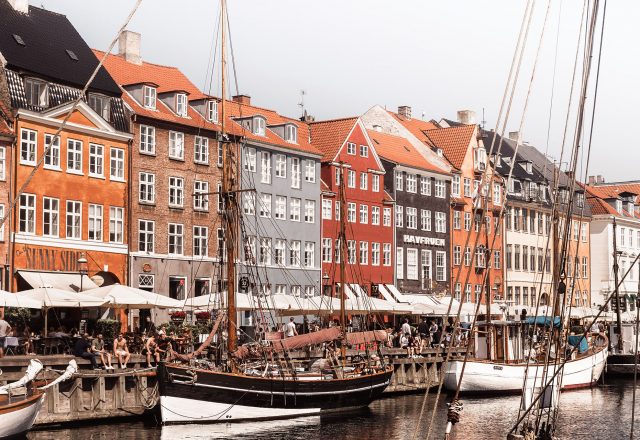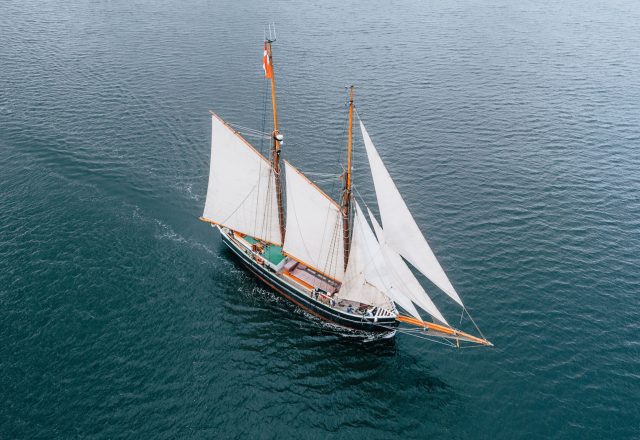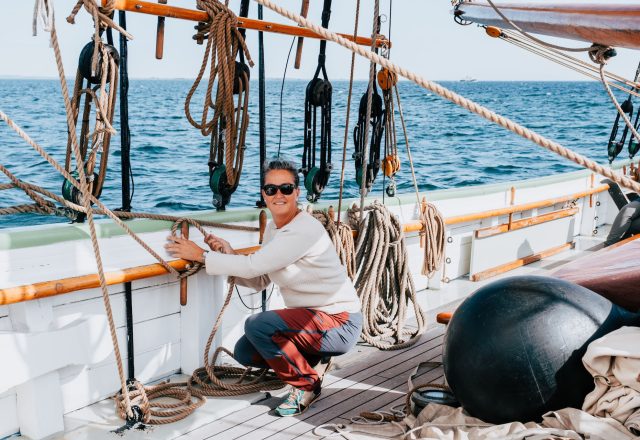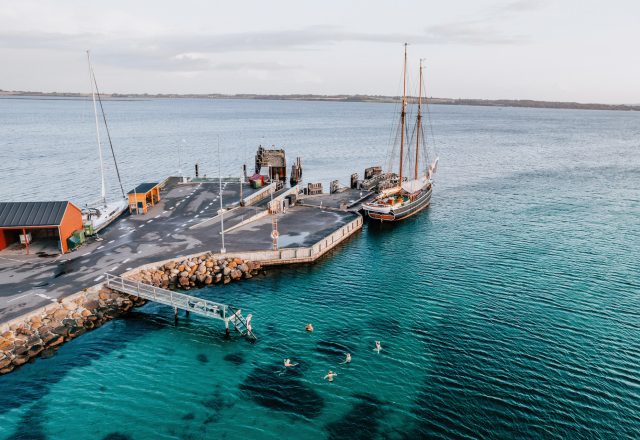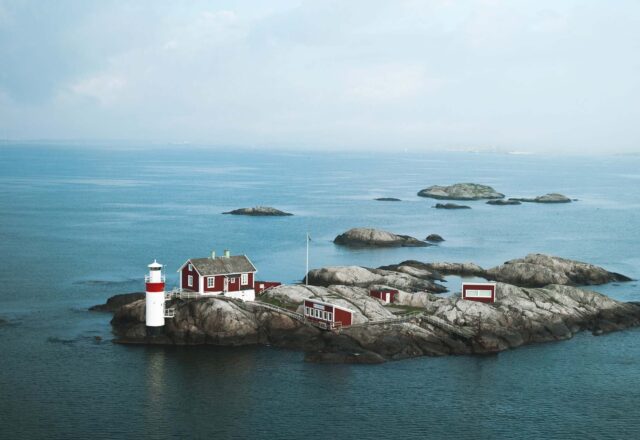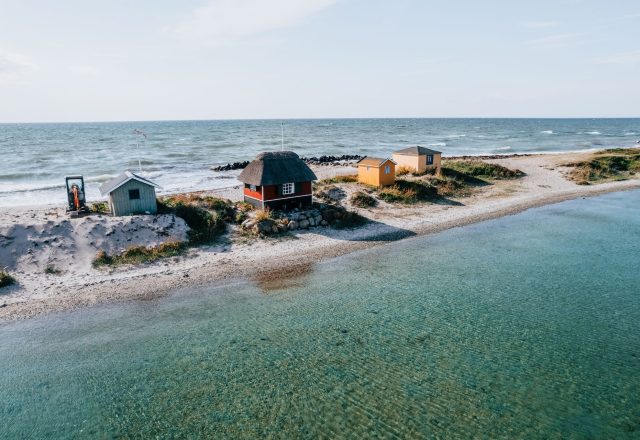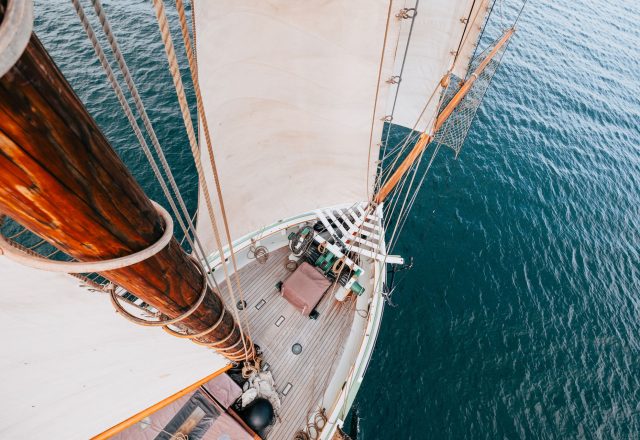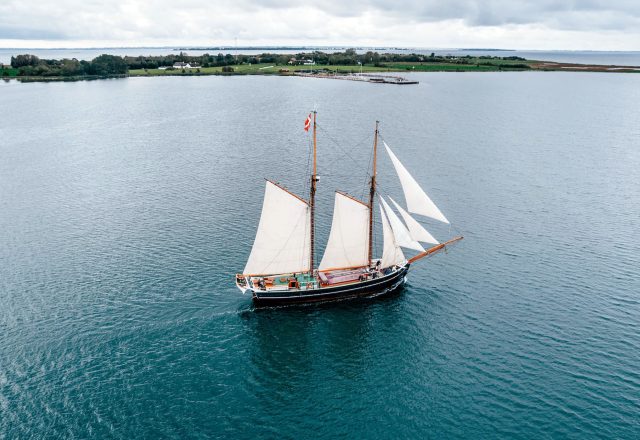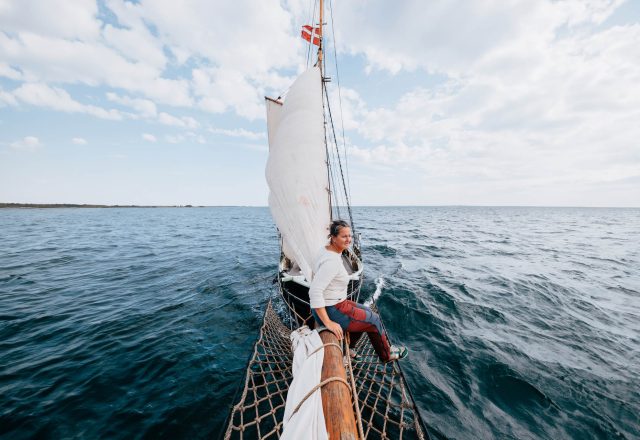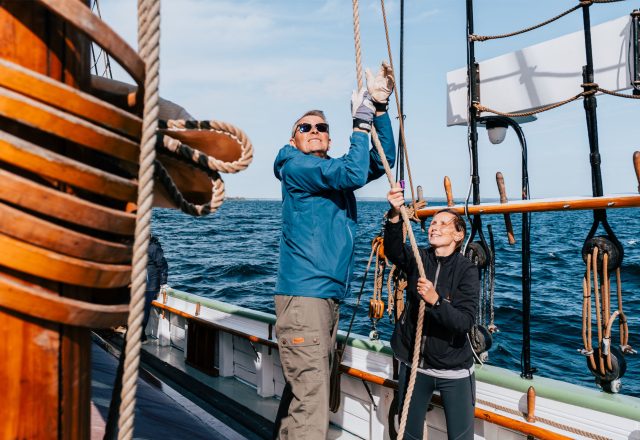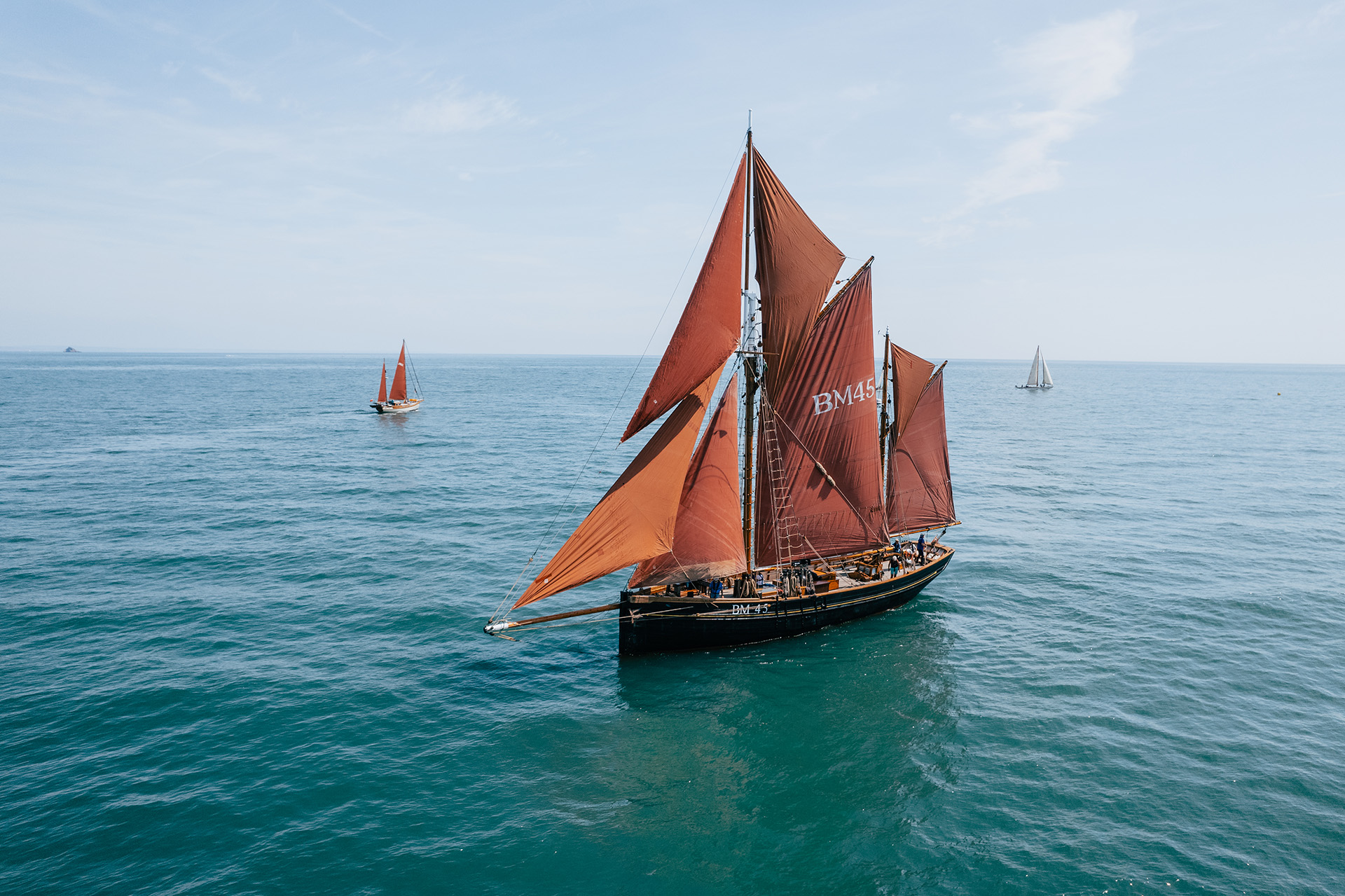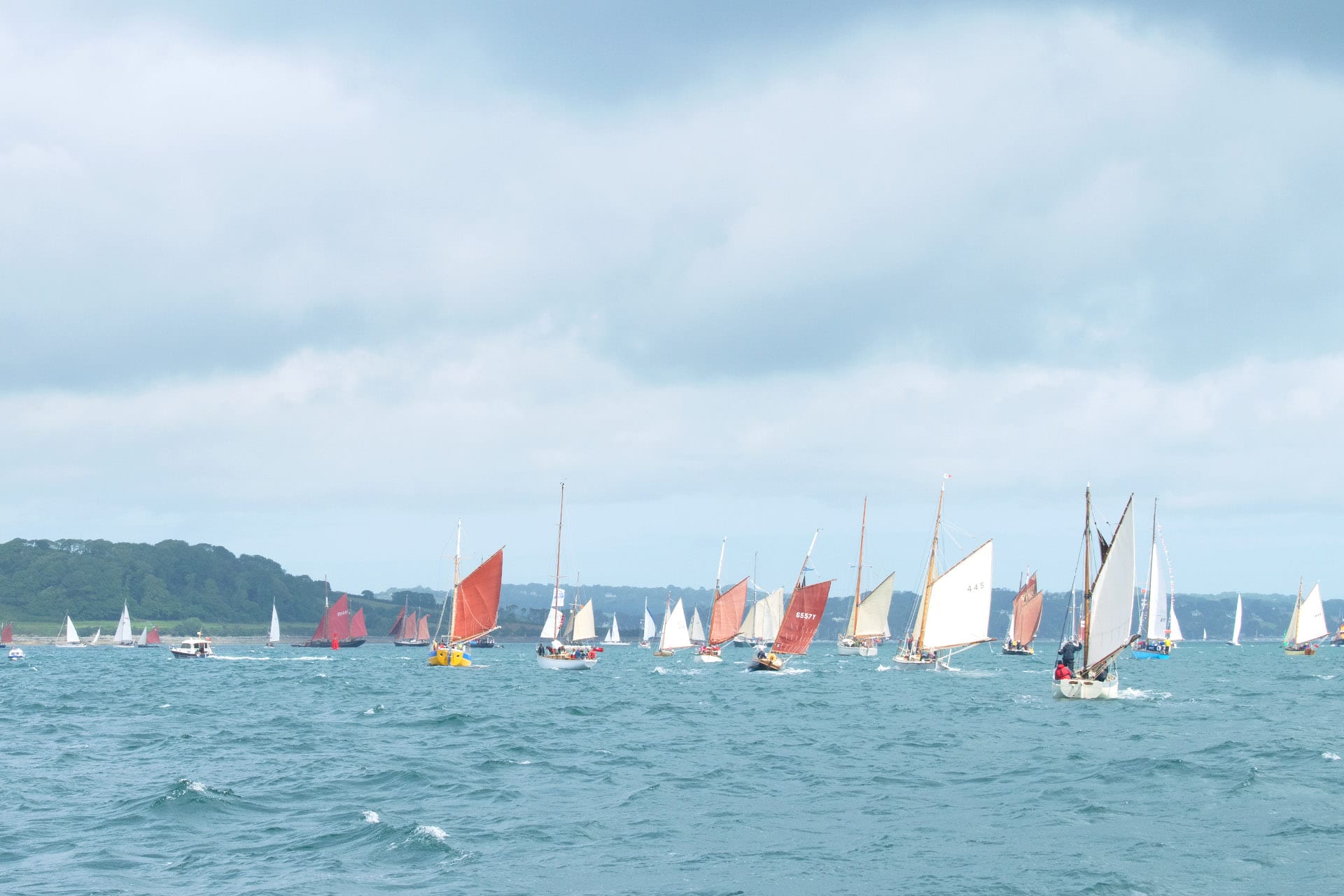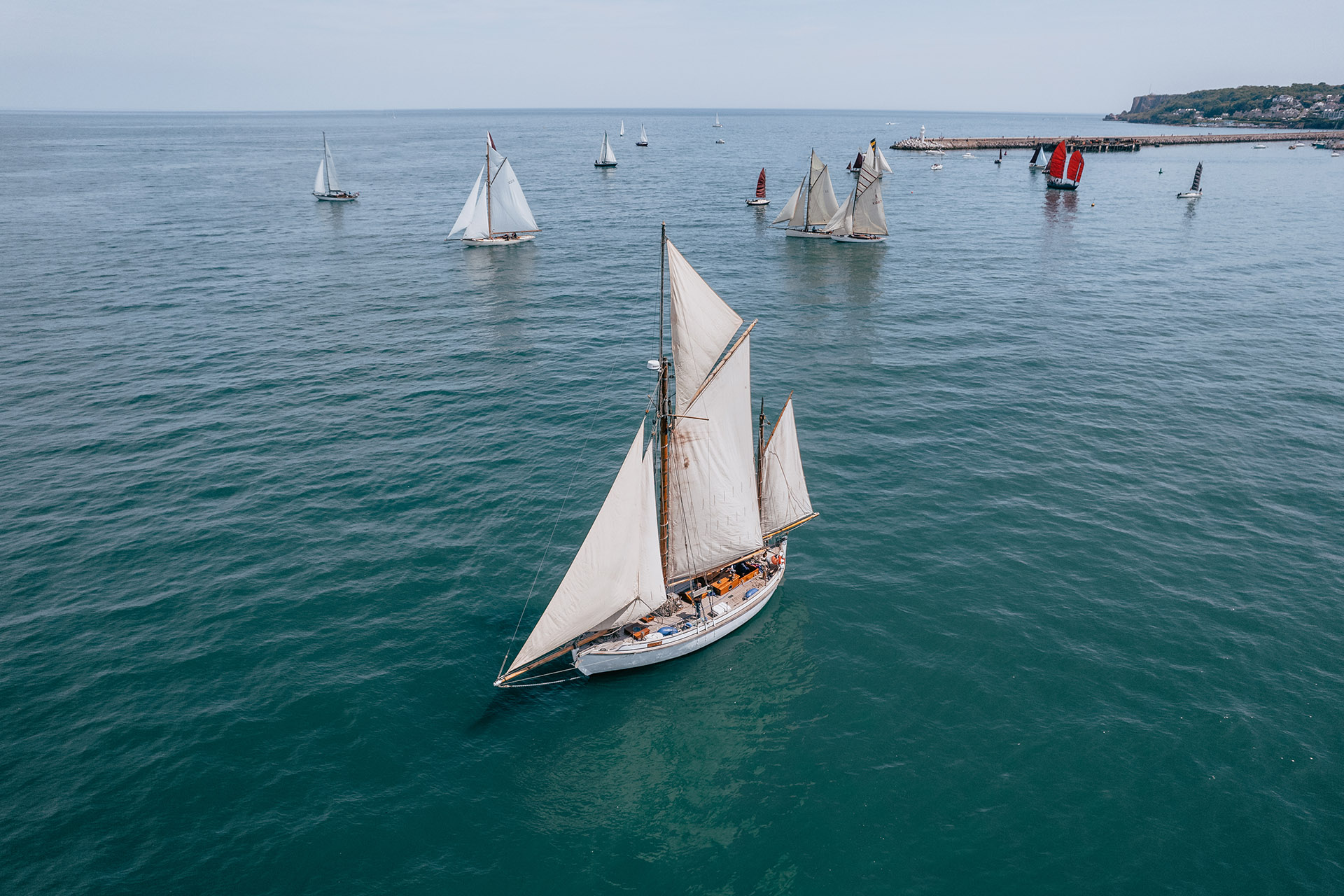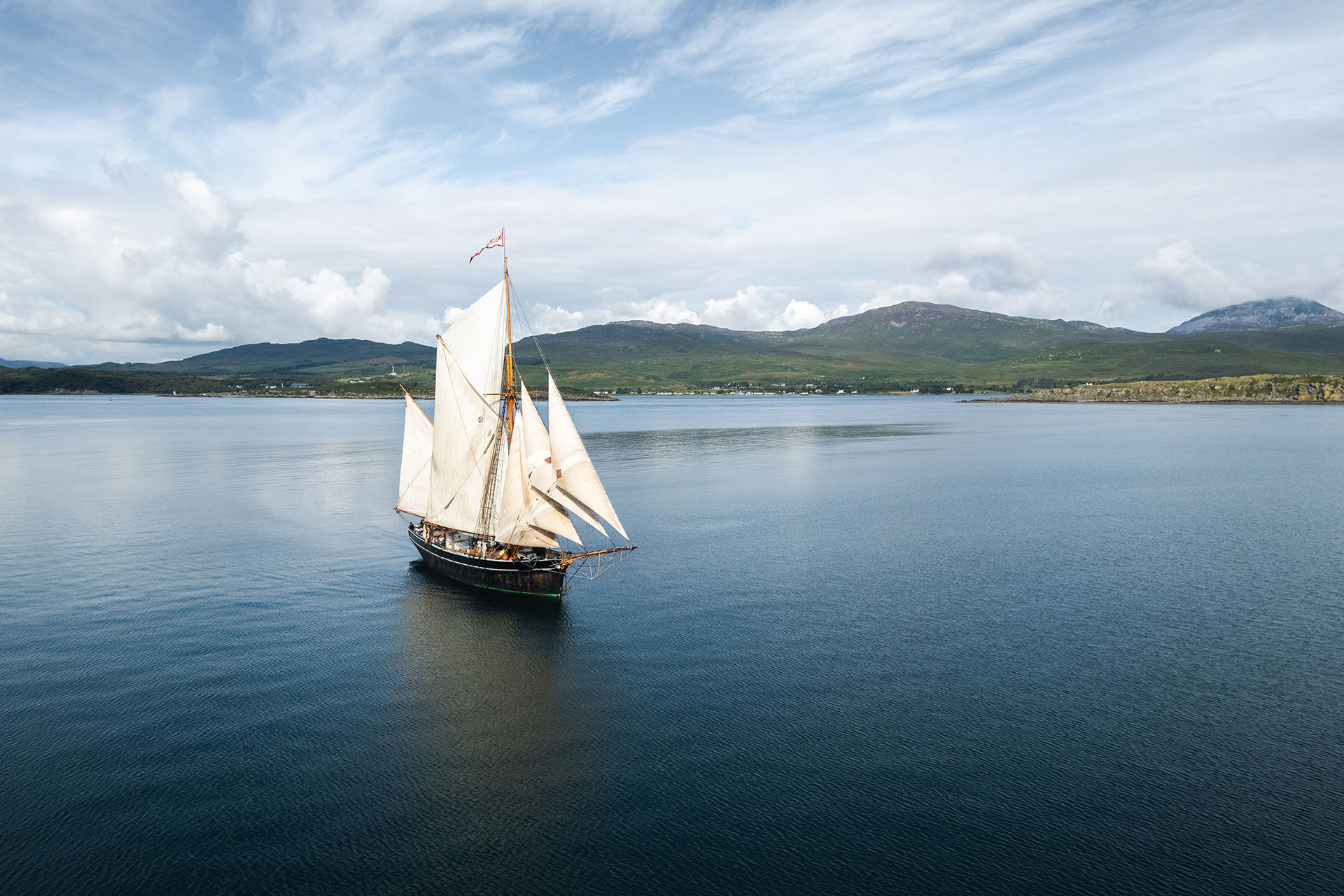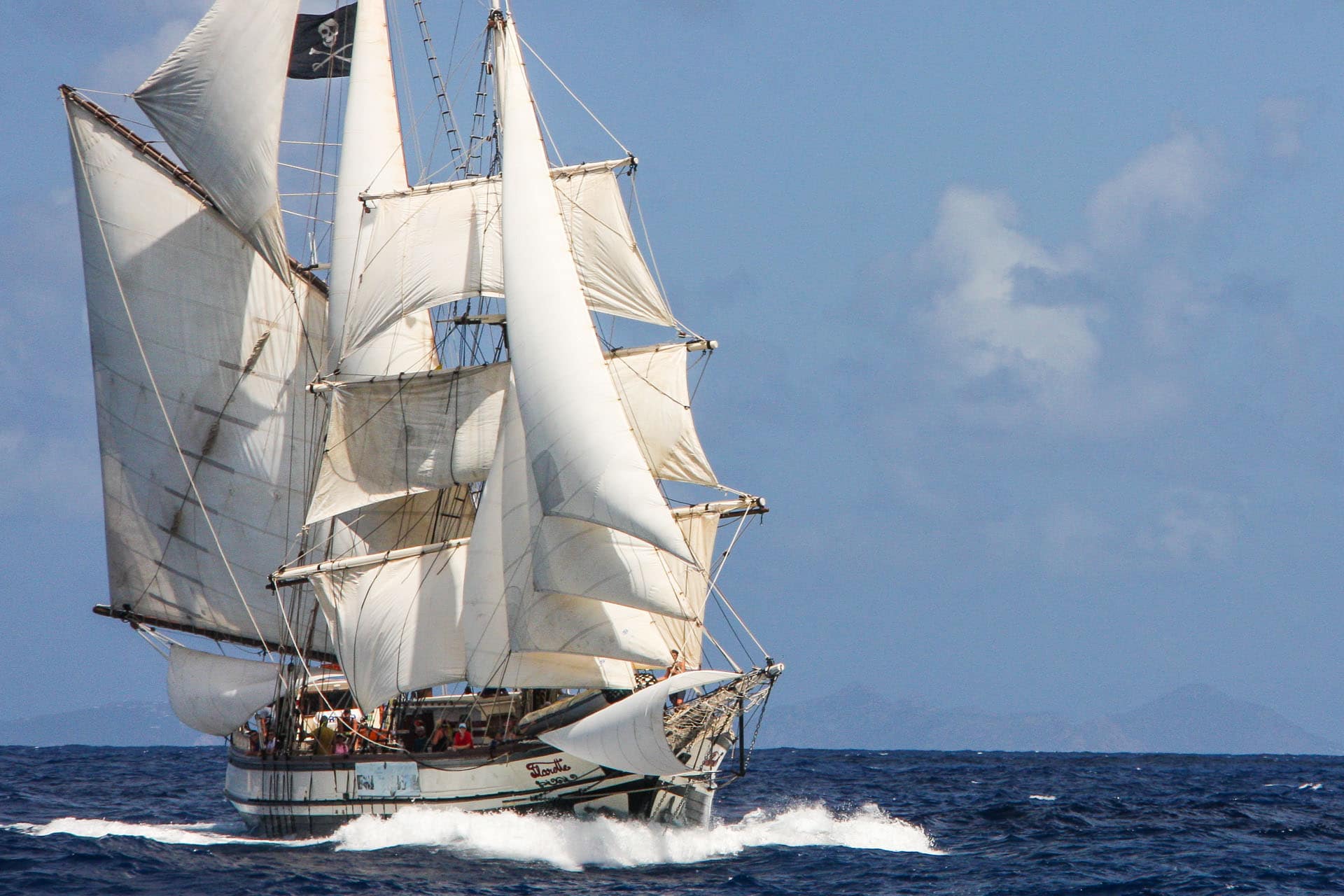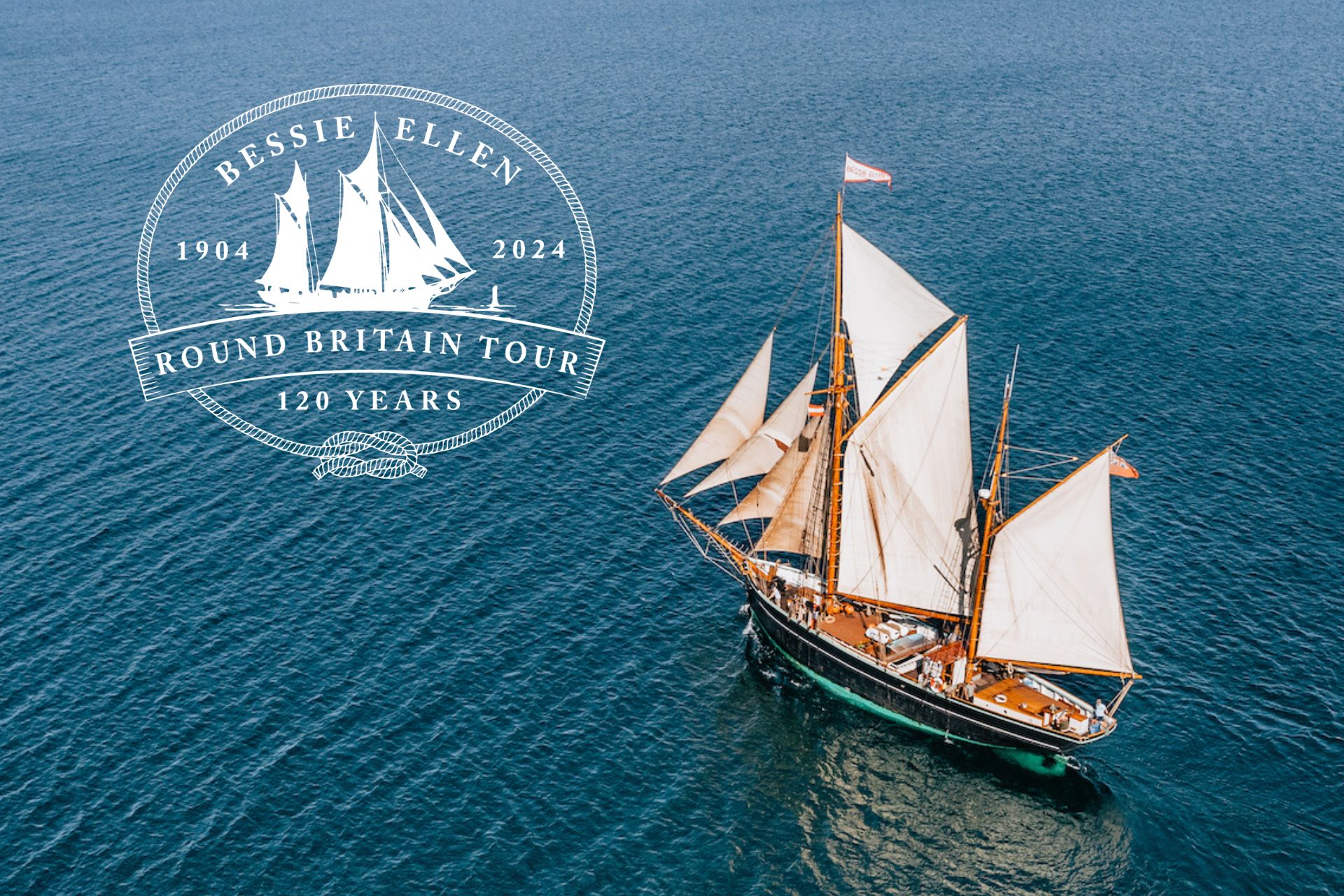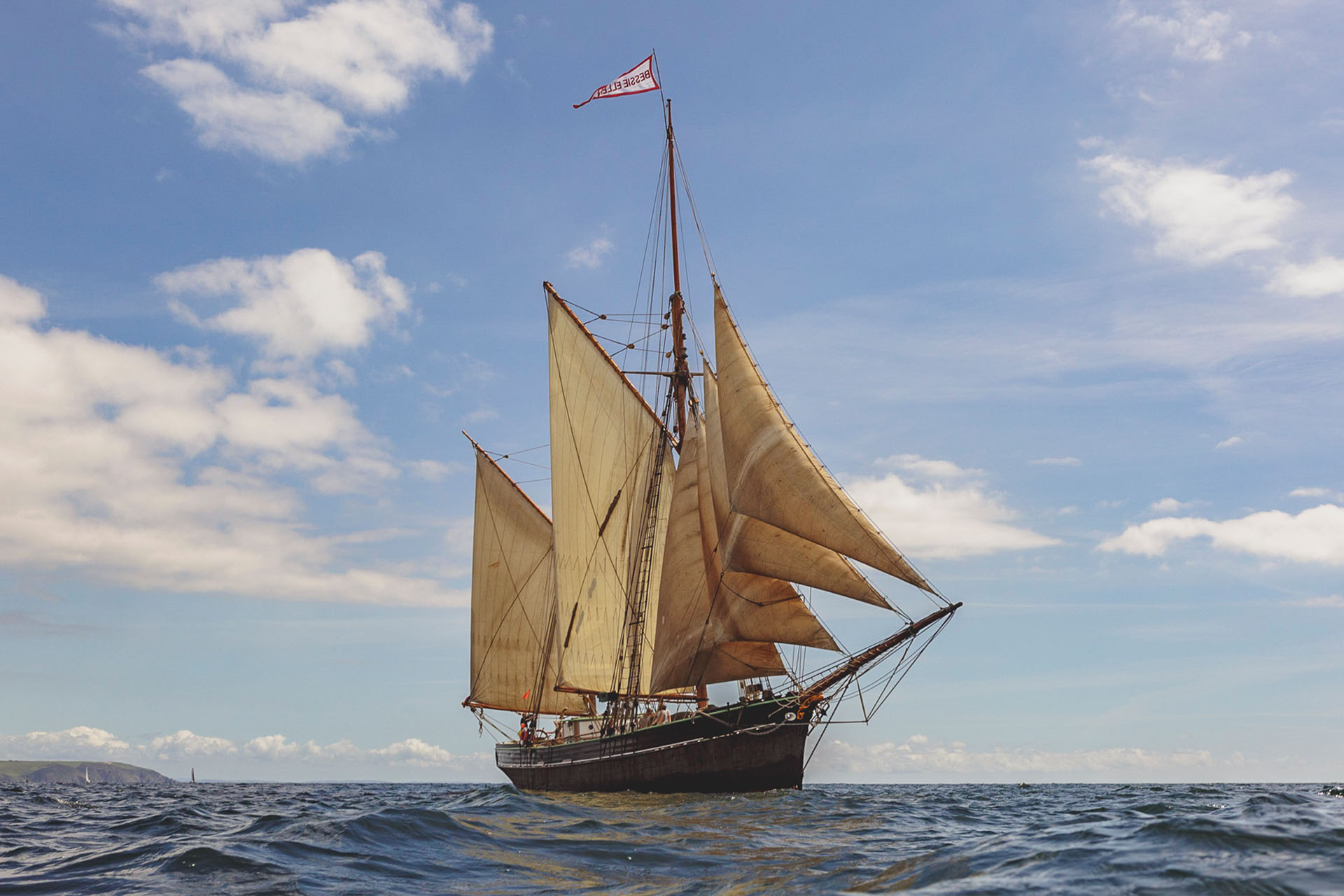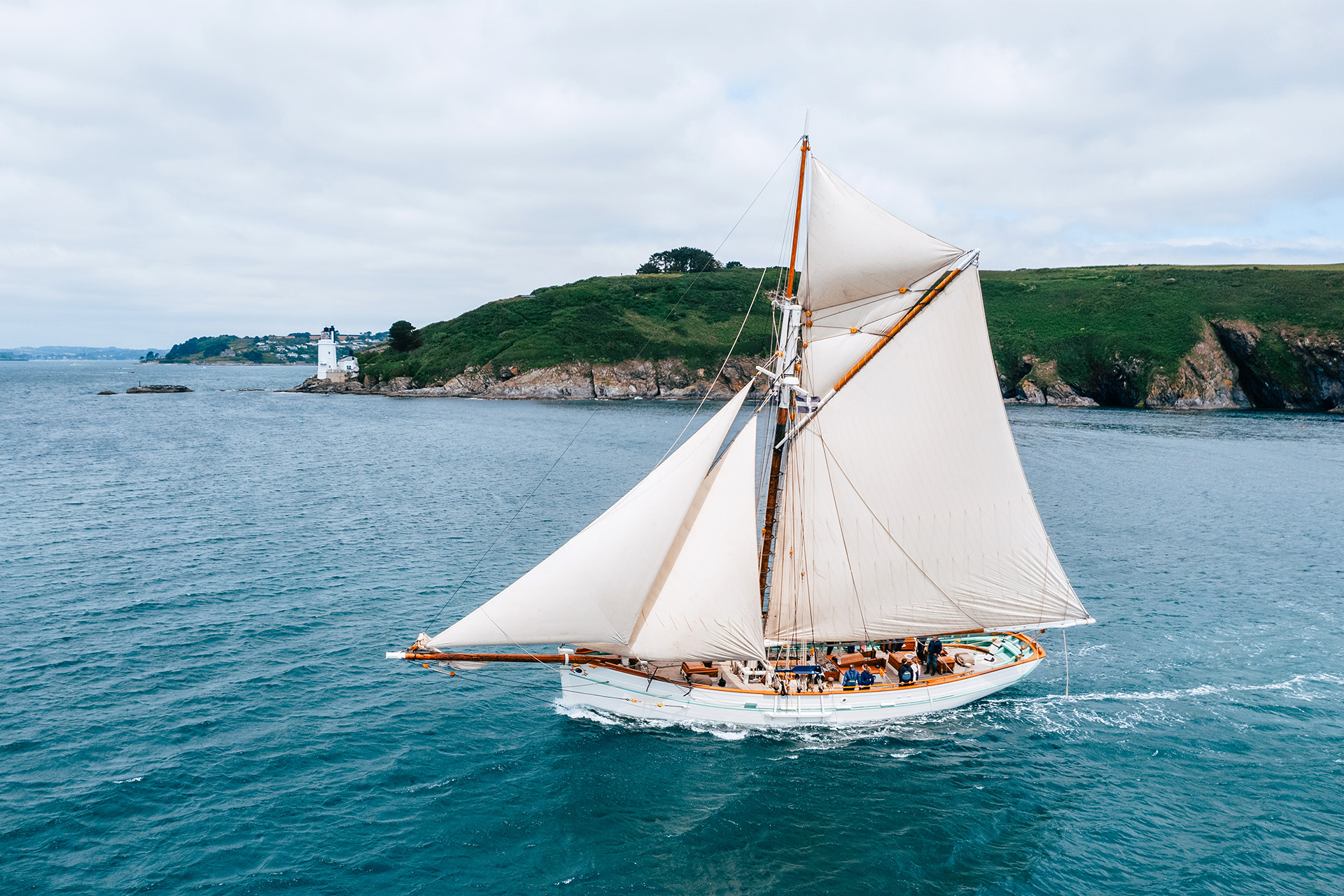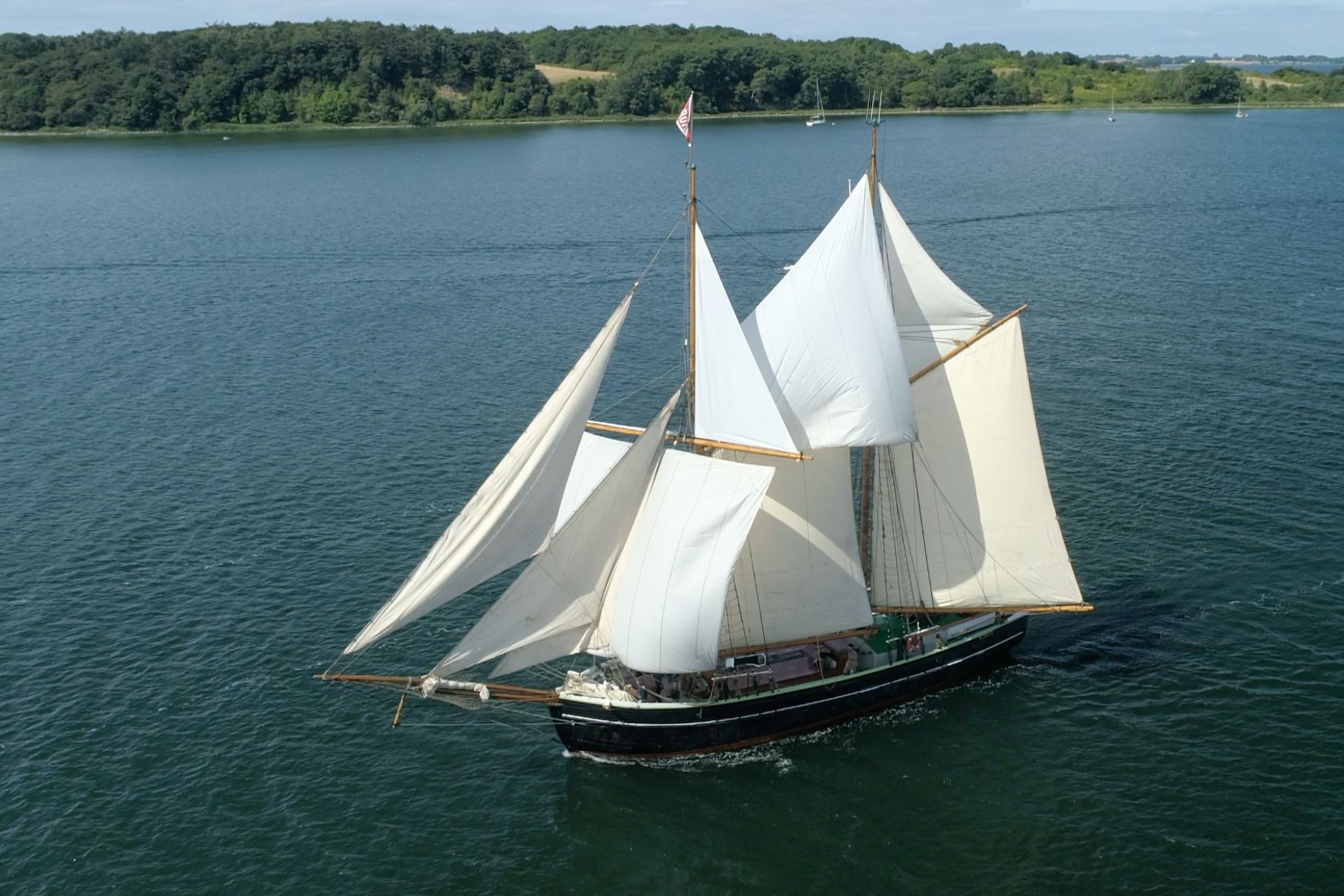
Few ships have left as permanent an imprint on maritime history as the Marstal schooner. The boats are named for the shipyards of Marstal, located on the small Danish island of Ærø. The history of Marstal schooners is a fascinating story of workmanship, adventure, and ingenuity, from their modest origins to their popularity as icons of nautical culture.
The origin of the Marstal schooner
The story of the Marstal schooner traces its roots to the early 19th century, a time when maritime trade was at its prime and the world’s oceans were gateways to discovery and exchange. These vessels were designed to navigate the vast expanses of the oceans with remarkable agility.
Not only were Marstal schooners numerous, and relatively small in size, but they also endured long trips that brought them to remote regions of the world. This earned them the nickname “Sparrows of the Sea.” These two-masted ships with their characteristic schooner rig became a common sight as maritime trade expanded its reach, transporting goods that crossed countries and civilisations.
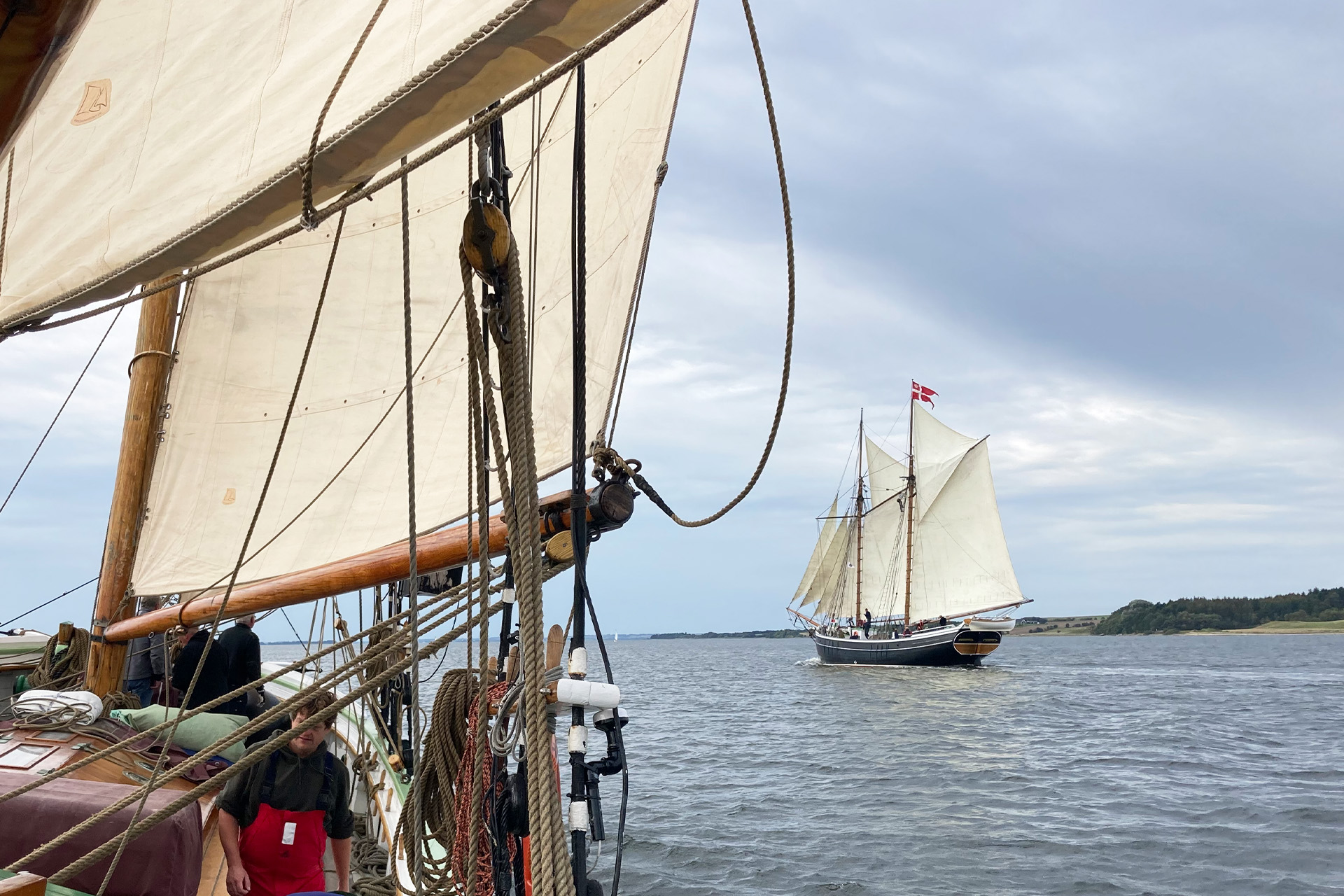
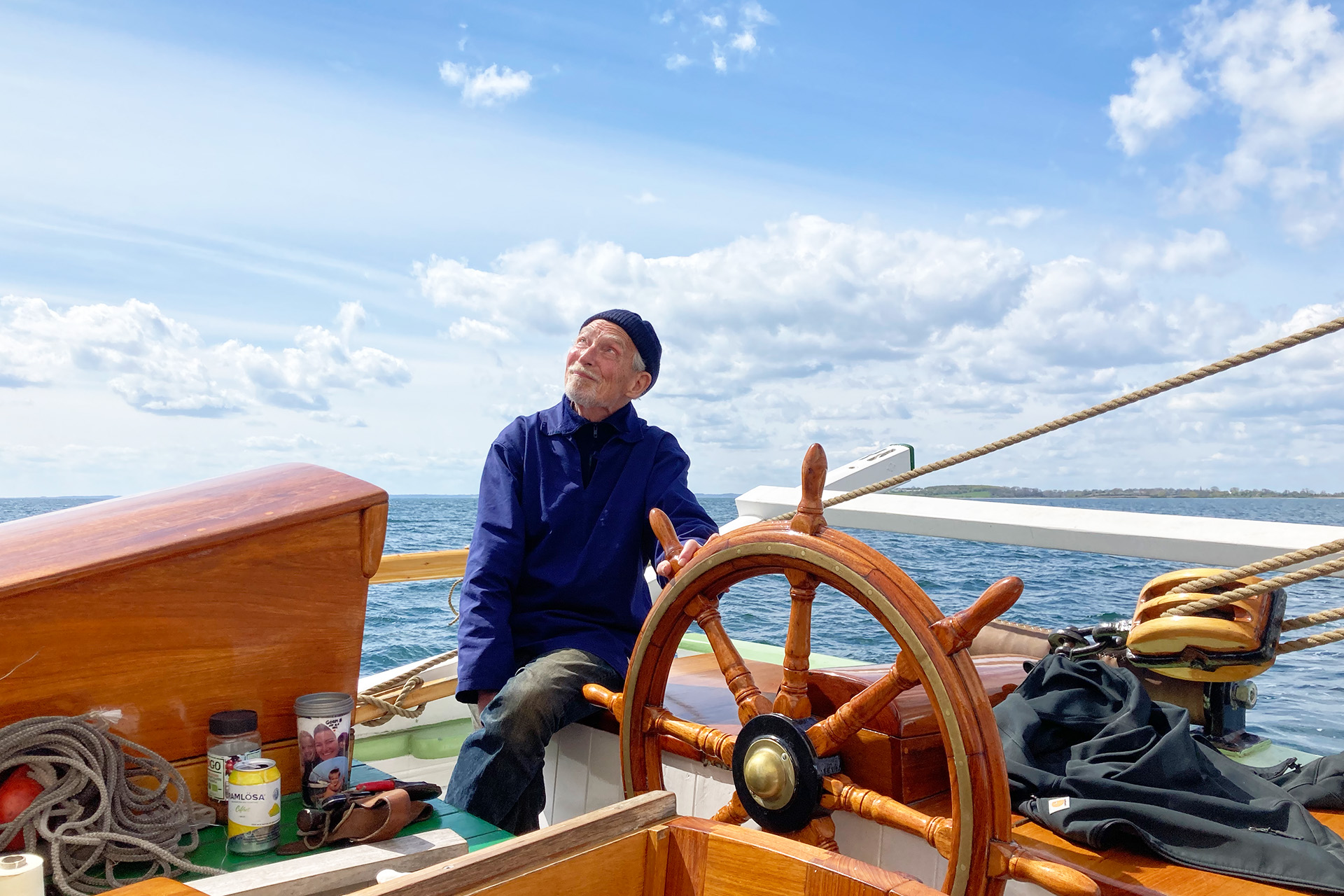
The Marstal’s trade legacy
The 19th century witnessed the Marstal schooners at the heart of a bustling global trade network. These ships had a unique blend of speed and cargo capacity. This allowed them to play an important role in connecting nations and enabling the exchange of goods. From the coasts of North America to the shores of Africa and beyond, Marstal schooners became symbols of Danish seamanship. These intrepid vessels hauled cod from the fishing grounds to European markets, returning with valuable salt to support the thriving industry in the New World.
Thousands of sailors who embarked on these long voyages, lived and worked on board under challenging conditions, braving all kinds of weather. The legacy of Danish shipping, which stands strong today, draws its roots from the seamanship forged on these vessels. The lessons learned aboard Marstal schooners continue to influence modern maritime practices, echoing the resilience and dedication of those who sailed them.
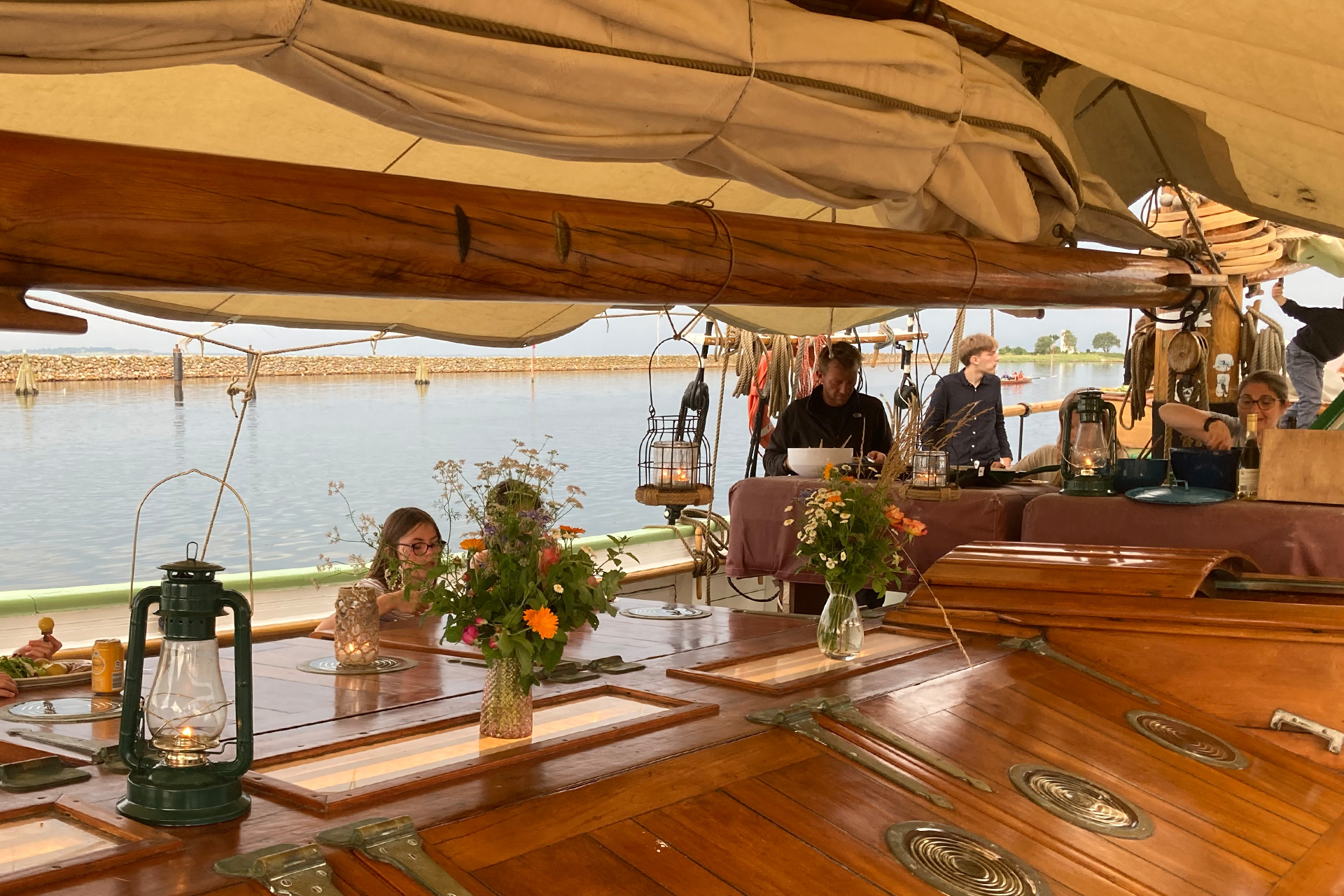

The evolution of the Marstal schooner
In the late 1960s, a significant shift occurred. The once-thriving fleet of traditional Danish wooden ships, including the Marstal schooners, began to vanish. Some ships found new homes abroad, while others languished in poor condition. The advent of modernization and changing trade dynamics marked the end of an era, but the spirit of the Marstal schooners endured.
One such ship who weathered the storm is Aron of Svendborg, our very own Marstal schooner. Now welcoming guests on enchanting sailing holidays in Southern Denmark, this remarkable vessel has spent 115 years at sea. Crafted in 1906, Aron encapsulates the essence of Marstal schooners, showcasing the elegant lines and robust ‘spring curve’ that defined these ships.
Crafted from solid oak, Aron’s flat transom and sailing prowess pay homage to the craftsmanship of shipbuilder Lars Jensen Bager from Marstal’s renowned shipyard. Aboard Aron, above and below deck, guests find respite in a beautiful haven while embarking on a journey of discoverynthrough Denmark’s islands and coastline. Private bunk cabins, a spacious saloon, and ample deck space invite moments of relaxation and contemplation, as the wind fills Aron’s sails and the serene Danish islands float by.

